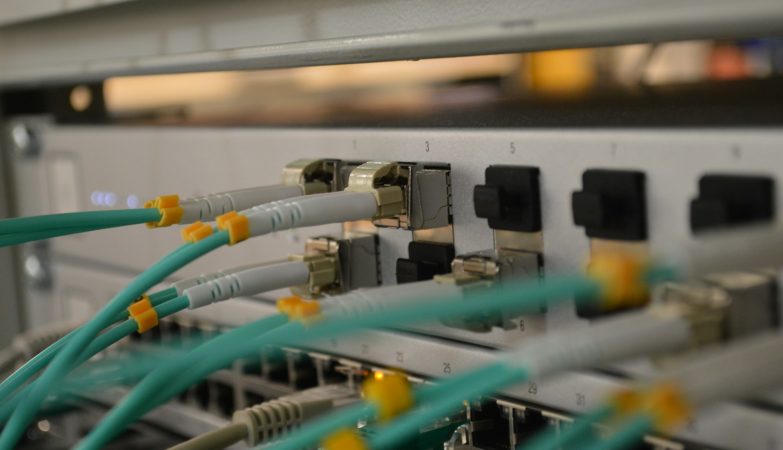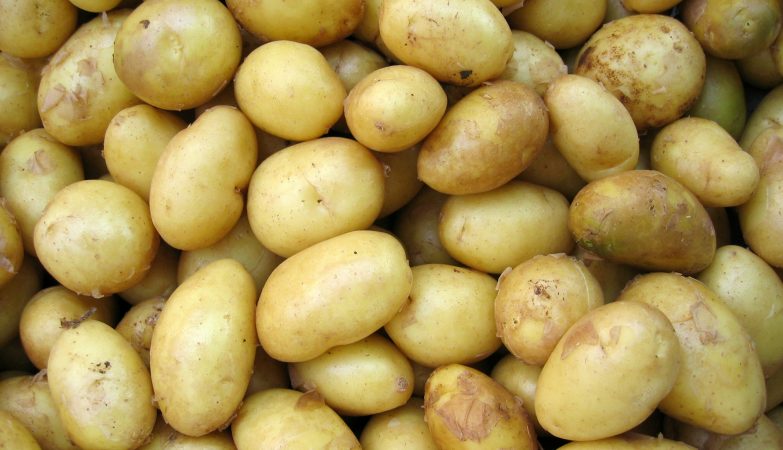In September, Greece found itself with the third lowest inflation rate in the Eurozone, registering at 2.4%, according to Eurostat estimates. However, this seemingly optimistic statistic does not necessarily translate to low prices within the country, particularly concerning purchasing power. Contrary to the relatively modest inflation rate, the domestic market is witnessing a surge in prices, suggesting that the cost of living may not align with the inflation figures.
Eurostat’s recent estimates, disclosed on Friday, revealed a notable uptick in the harmonized consumer price index in Greece by 1.9% when compared to August. This surge stands as the most significant monthly increase across the entire Eurozone. Despite the ostensibly positive portrayal of Greece’s inflation rate, the reality on the ground tells a different story, one where prices are on the rise.
The aftermath of the statistical revelations paints a concerning picture for Greek consumers. Notably, after grappling with increased costs for vegetables, the market is now grappling with fresh escalations in the prices of fruit and meat. This suggests that the challenges faced by consumers in Greece extend beyond a momentary blip and might be indicative of broader economic issues at play.
While the 2.4% inflation rate might appear relatively modest in comparison to other Eurozone members, it masks the nuanced reality faced by Greeks in their daily lives. Purchasing power, a crucial metric in assessing the real impact of inflation, may be eroding more rapidly than the headline figures suggest. As prices continue to climb, there is a growing concern about the sustainability of this trend and its potential ramifications for the Greek economy.
The surge in the harmonized consumer price index is particularly noteworthy. At 1.9%, this monthly increase outpaces all other Eurozone countries, raising questions about the underlying factors contributing to this sharp spike. Analysts are closely examining the components of this index to identify key drivers and assess whether these trends are likely to persist in the coming months.
The recent escalation in prices is not confined to a specific sector, as it spans across various essential goods. After weathering increased costs in the vegetable market, consumers are now confronted with the impact on their wallets in the fruit and meat aisles. This broadening of price hikes underscores the challenges faced by consumers who are grappling with an across-the-board increase in the cost of living.
The implications of these developments extend beyond individual households, reaching into the broader economic landscape of Greece. Businesses, particularly those in the food and retail sectors, may find themselves navigating a complex terrain where consumer demand is sensitive to price fluctuations. This could have cascading effects on the overall economic health of the nation.
As Greece contends with these economic challenges, policymakers and economists face the daunting task of deciphering the root causes and formulating effective strategies to mitigate the impact. The juxtaposition of seemingly favorable inflation figures with the tangible struggles faced by consumers paints a complex narrative of an economy at a crossroads.
In conclusion, while Greece may boast the third lowest inflation rate in the Eurozone, the devil lies in the details. The surge in the harmonized consumer price index, coupled with escalating prices in crucial sectors like fruit and meat, presents a more intricate story. As the nation grapples with these economic challenges, the path forward demands a comprehensive understanding of the factors at play and decisive actions to ensure the well-being of both businesses and consumers alike.




